AFI
SOURCE: AFI


According to prominent defense journalist Anantha Krishnan M, both squadrons of the Tejas fighter aircraft, currently stationed at Air Force Station Sulur, are grappling with significant maintainability issues. Sources have confirmed to Mr. Krishnan that certain components within the Tejas are experiencing recurring problems.
The Indian Air Force operates two Tejas Mk1 squadrons, each consisting of 16 jets. These aircraft recently participated in Exercise Tarang Shakti-24, one of the largest multinational air exercises conducted by the IAF in Jodhpur. Mr. Krishnan also said, ” Please note that these are common issues fighter squadrons face the world over”.
Continue readingSOURCE: AFI
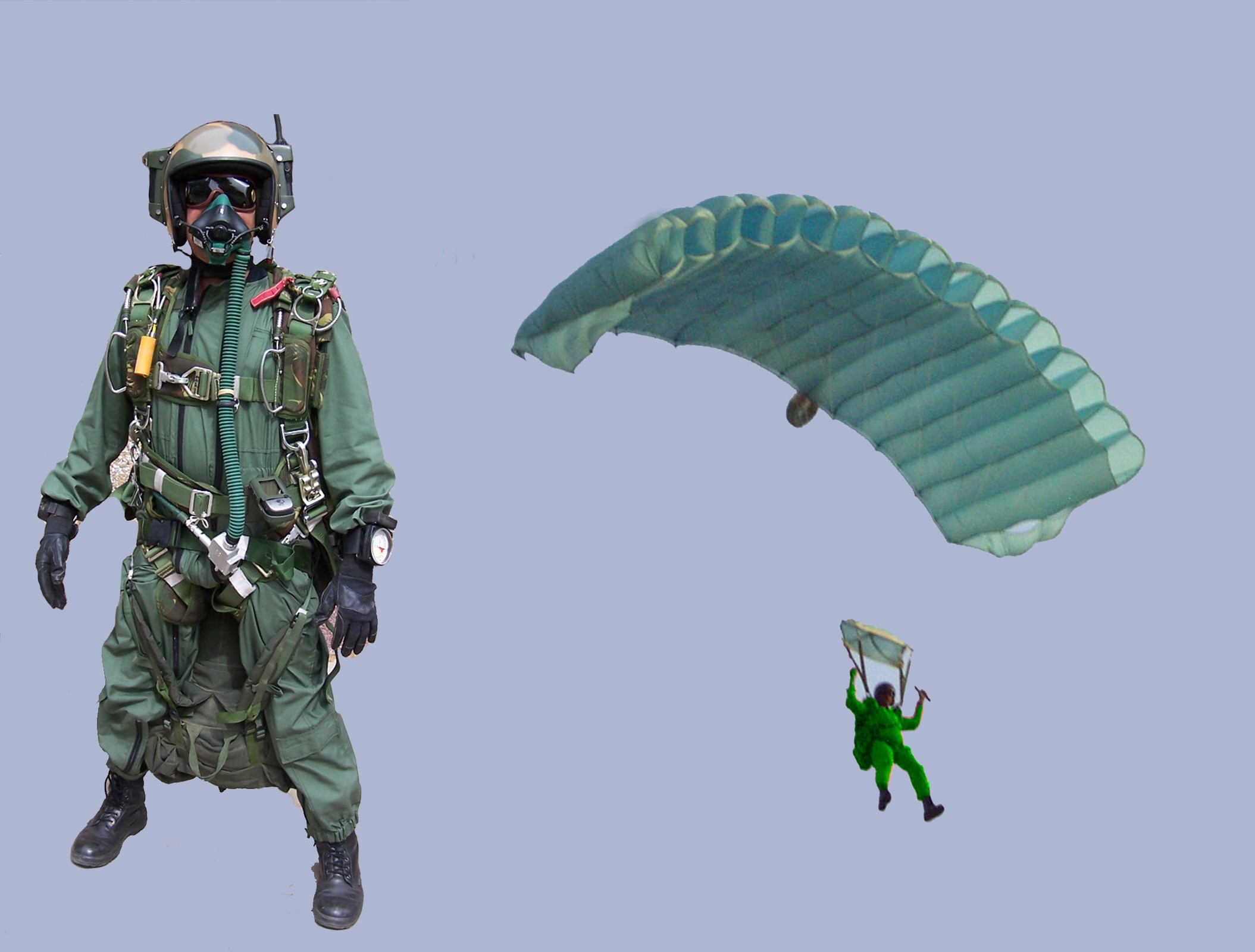

India’s Defence Research and Development Organisation (DRDO) showcased its latest Combat Free Fall (CFF) parachute system at the Land Forces 2024 exhibition, held from 11 to 13 September in Melbourne. This advanced system is designed to enhance the capabilities of paratroopers by allowing them to jump from extreme altitudes and land at precise locations, ensuring mission success in challenging environments.
The CFF parachute system features a sophisticated nine-cell ram air design, which measures 8.84 meters in length. This design offers excellent lift and maneuverability, boasting a lift-to-drag ratio of 3.3:1. With a maximum forward speed of 40 km/h, the parachute enables controlled descents from altitudes ranging from 2,000 to 30,000 feet. The system allows paratroopers to glide over long distances, with the ability to cover 30 km and reach designated targets with precision.
Continue readingSOURCE: AFI
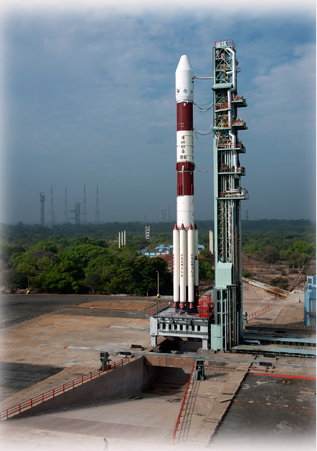

The Indian Space Research Organisation’s (ISRO) workhorse rocket, the Polar Satellite Launch Vehicle (PSLV), is set to make history as the first-ever privately built version of the launch vehicle takes flight. According to D Radhakrishnan, the chief of NewSpace India Limited, this maiden launch is anticipated to occur by the end of 2024.
The industry consortium of Hindustan Aeronautics Limited (HAL) and Larsen & Toubro (L&T) is spearheading the development of the private PSLV, known as the PSLV-XL N1. The consortium has successfully completed several critical stages, including the realization of solid motors, last year.
Continue readingSOURCE: AFI

Lokesh Machines Limited has achieved a significant milestone with the acquisition of a license from the Department for Promotion of Industry and Internal Trade (DPIIT), Government of India. This authorization empowers the company to manufacture Fixed/Towed Heavy Machine Guns with calibers ranging from above 12.7mm to up to 30mm.
The acquisition of this license underscores Lokesh Machines Limited’s commitment to contributing to India’s defense capabilities and self-reliance in critical military equipment. The company’s ability to manufacture heavy machine guns domestically will not only reduce dependence on imports but also create opportunities for technology transfer, skill development, and local job creation.
Continue readingSOURCE: AFI


Turkey is reportedly planning to procure 100 F404 engines from GE Aerospace to power its new Hurjet light fighter jet. The move highlights Turkey’s efforts to bolster its domestic aerospace capabilities while securing advanced propulsion technology for its indigenous aircraft programs. Additionally, Turkey has also requested that the more powerful F110 engines be manufactured domestically to meet its growing defence needs.
The Hurjet, which uses an F404-GE-102 afterburning turbofan engine generating 78 kN of thrust, is Turkey’s ambitious light fighter and advanced jet trainer project. The aircraft is expected to serve both training and combat roles, with the F404 engine at its core. This engine choice aligns with global trends for light fighter jets, but the large procurement of 100 units shows Turkey’s determination to accelerate the program and ensure reliable engine supply.
Continue readingSOURCE: AFI


The Indian Navy’s second ballistic missile submarine (SSBN), INS Arighat, has recently become operational with the K-4 submarine-launched ballistic missile (SLBM), according to DRDO officials. This significant development marks a major milestone for India’s nuclear deterrence capabilities.
The K-4 SLBM, with a range of 3500 kilometres, is a highly accurate weapon system capable of achieving a “near zero circular error probability.” DRDO officials in past have told idrw.org and have asserted that the K-4’s accuracy surpasses that of Chinese missiles, providing India with a strategic advantage.
Continue readingSOURCE: AFI
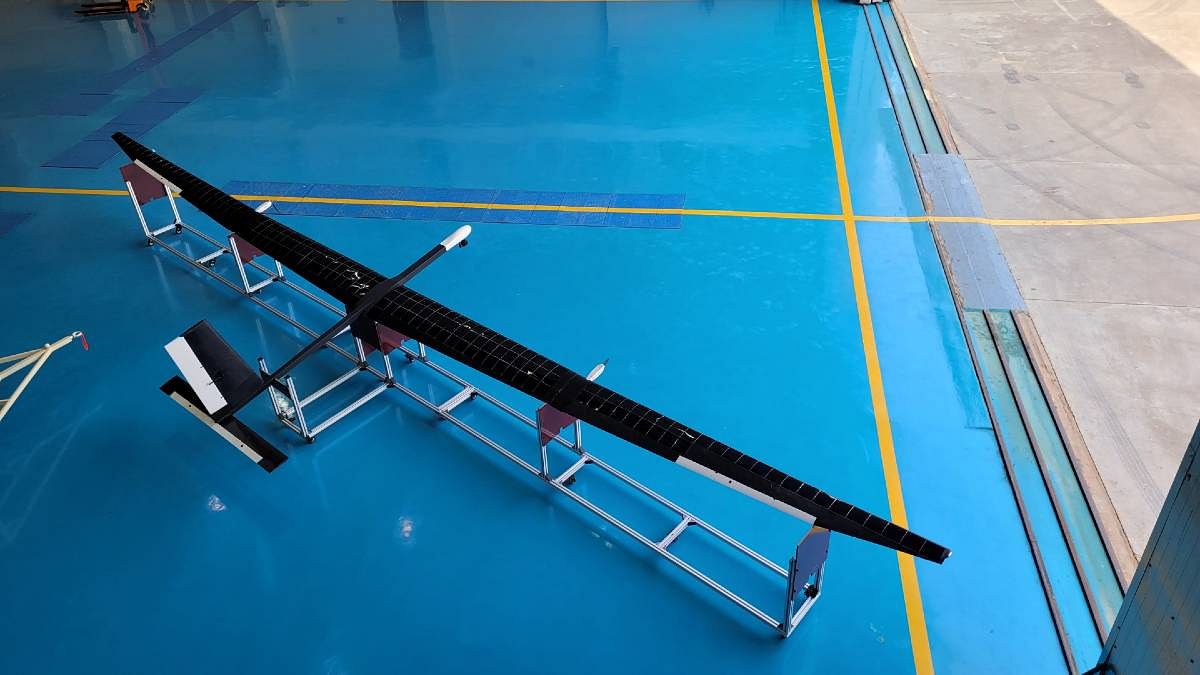

The National Aerospace Laboratories (NAL), based in Bengaluru, has developed an innovative High-Altitude Platform (HAP)—an advanced system designed for long-duration surveillance and reconnaissance. This state-of-the-art platform represents a significant leap in India’s aerospace capabilities, providing an economical and highly effective alternative to traditional satellites and unmanned aerial vehicles (UAVs) for continuous monitoring of enemy territories.
One of the most remarkable aspects of NAL’s HAP is its ability to remain operational for extended periods. The aircraft is designed for 90 days of continuous operation, depending on atmospheric conditions and the efficiency of its onboard systems. This endurance allows for prolonged, uninterrupted monitoring, offering a continuous eye in the sky over strategically important areas.
Continue readingSOURCE: AFI
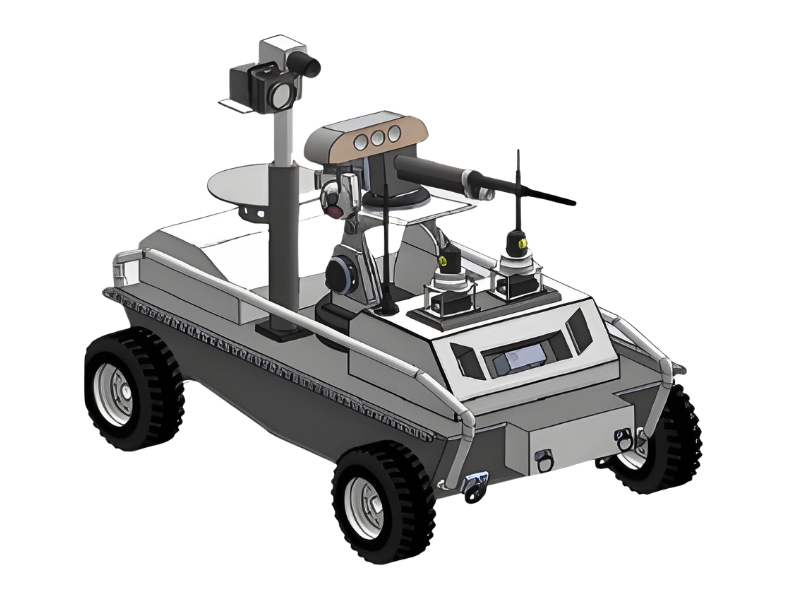

Vasai-based start-up JanyuTech has taken a significant leap in robotics by developing the Varaha QRS (Quality Robotic System)—an advanced, four-legged robot tailored for military and industrial applications. Designed with cutting-edge technology, the Varaha quadrupedal robot is a versatile machine that offers unparalleled mobility, safety, and defense-grade reliability, making it a game-changer for operations in unstructured and harsh terrains.
The Varaha QRS robot boasts an innovative design that ensures seamless mobility across various terrains. Its quadrupedal structure allows it to maintain stability while moving, making it effective even in rugged environments. By lifting one leg at a time, the robot achieves a tripod configuration, ensuring a lower center of gravity and superior balance.
Continue readingSOURCE: AFI
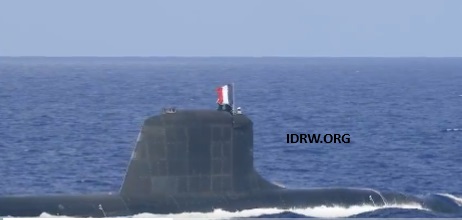

Varuna 2024, a joint naval exercise between India and France, has concluded with a strong focus on anti-submarine warfare (ASW). The exercise, which took place in the in the Mediterranean Sea, showcased the interoperability and capabilities of the two navies in countering underwater threats.
The French nuclear-powered attack submarine (SSN) Suffren played a pivotal role in the ASW drills. The Suffren, a highly advanced submarine equipped with cutting-edge technology, demonstrated its stealth and maneuverability in challenging underwater environments.
Continue readingSOURCE: AFI


Artemon Aerospace, a leading aerospace technology company, has successfully conducted ground launch testing of its Canister-Launched Loitering Munition. The test, which utilized a recycled in-service canister launcher, marks a significant milestone in the development and refinement of this innovative weapon system.
The canister-launched loitering munition, a highly versatile and effective weapon, offers a range of capabilities including long-endurance flight, precision targeting, and the ability to loiter over a target area for extended periods. Its compact design and compatibility with existing canister launchers make it a valuable asset for military forces.
Continue readingSOURCE: AFI


Intelligence agencies have raised red flags over the use of Chinese components, including electrical components, in drones purchased by the Indian armed forces from domestic private players. These drones, deployed primarily in border areas in the northern and eastern sectors, pose a significant security concern due to the potential for data transfer.
In response to these concerns, the Ministry of Defense (MoD) has halted an order placed by the Army for logistics drones that were intended for deployment along India’s borders with China. Senior Army officers have confirmed that the force, in collaboration with the defense ministry, is currently developing a comprehensive strategy to prevent the inclusion of Chinese components in military drones.
Continue readingSOURCE: AFI
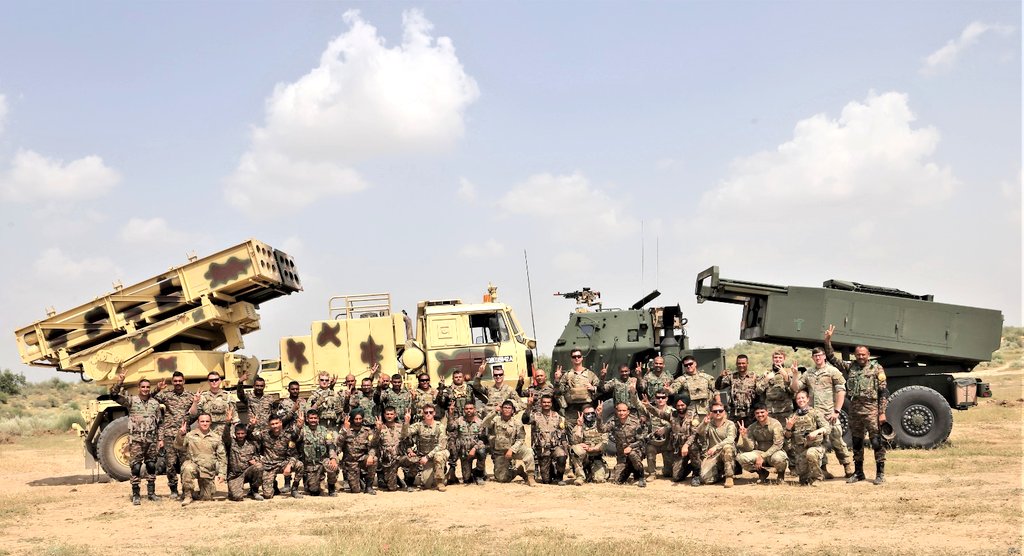

The ongoing joint military exercise, Yudh Abhyas 2024, has provided a platform for the US Army to showcase its advanced weaponry alongside India’s indigenous capabilities. One such demonstration involved the M142 High Mobility Artillery Rocket System (HIMARS) and India’s Pinaka Multiple Barrel Rocket Launcher (MBRL).
HIMARS is a highly mobile missile launcher mounted on a five-tonne truck. It can fire six guided missiles simultaneously, each capable of striking targets with precision. Additionally, HIMARS can launch a single Army Tactical Missile System missile, extending its range to 186 miles (300 km).
Continue readingSOURCE: AFI
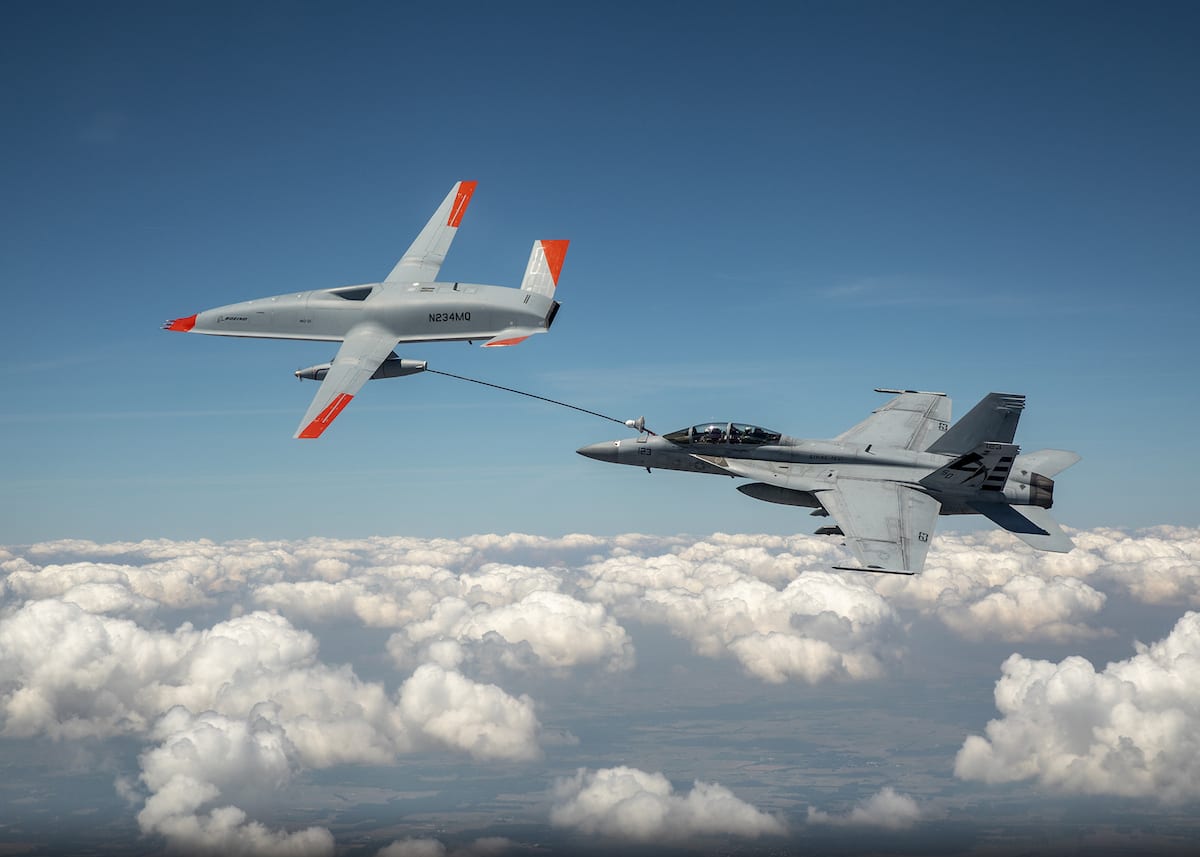

The US Navy has taken a significant step forward with the MQ-25, its unmanned carrier-based refueler, by successfully simulating the Joint Precision Approach Landing System (JPALS). This groundbreaking technology offers “hands-off” navigation and guidance, making it a key capability for unmanned aerial systems (UAS) operating from aircraft carriers. JPALS enables precise and autonomous landings in challenging sea conditions, providing the reliability and safety needed for future unmanned naval operations. As the US Navy pushes the boundaries of naval aviation, this development holds important lessons for other navies, including India’s.
For the Indian Navy, which is rapidly modernizing and seeking to enhance its blue-water capabilities, the success of the MQ-25 and JPALS offers a roadmap to the future of unmanned naval aviation. By adopting and adapting such technologies, India could significantly bolster its naval capabilities. The Indian Navy should seriously consider developing a similar system indigenously in collaboration with the private sector, particularly as the country’s defense ecosystem grows in capability and ambition.
Continue readingSOURCE: AFI


Abhijit Singh, a former naval officer and Senior Fellow heading the Maritime Policy Initiative at the Observer Research Foundation (ORF), recently discussed India’s evolving nuclear posture in his latest column. Singh highlighted the induction of India’s second indigenous nuclear ballistic missile submarine (SSBN), the INS Arighat, and explored the implications of this development for India’s nuclear doctrine. The discussion has brought to light a critical debate: Should India reconsider its No First Use (NFU) policy as strategic competition in the Indian Ocean intensifies?
The induction of INS Arighat marks a significant milestone in India’s strategic capabilities, further strengthening its nuclear triad. However, it also raises questions about the future direction of India’s nuclear policy. As Singh notes, there is an ongoing debate among strategic thinkers and policymakers about whether India should rethink its commitment to the NFU policy, which pledges not to use nuclear weapons unless first attacked by an adversary with nuclear weapons.
Continue readingSOURCE: AFI


India’s space program has witnessed remarkable growth in recent years, culminating in the successful lunar landing of Chandrayaan-3. The nation is now charting a bold course for its future space exploration endeavors, encompassing human spaceflight, lunar exploration, and beyond.
Continue reading